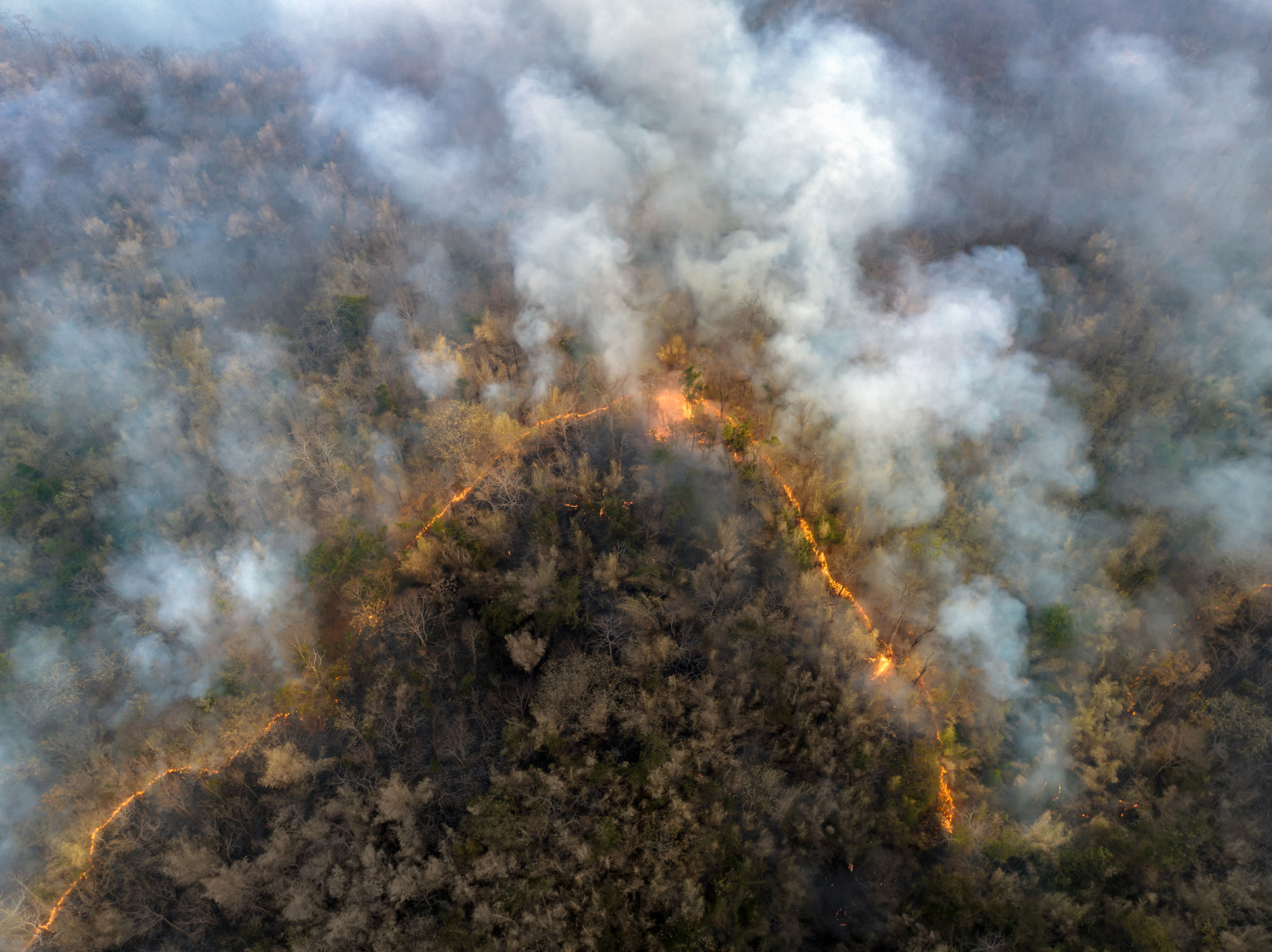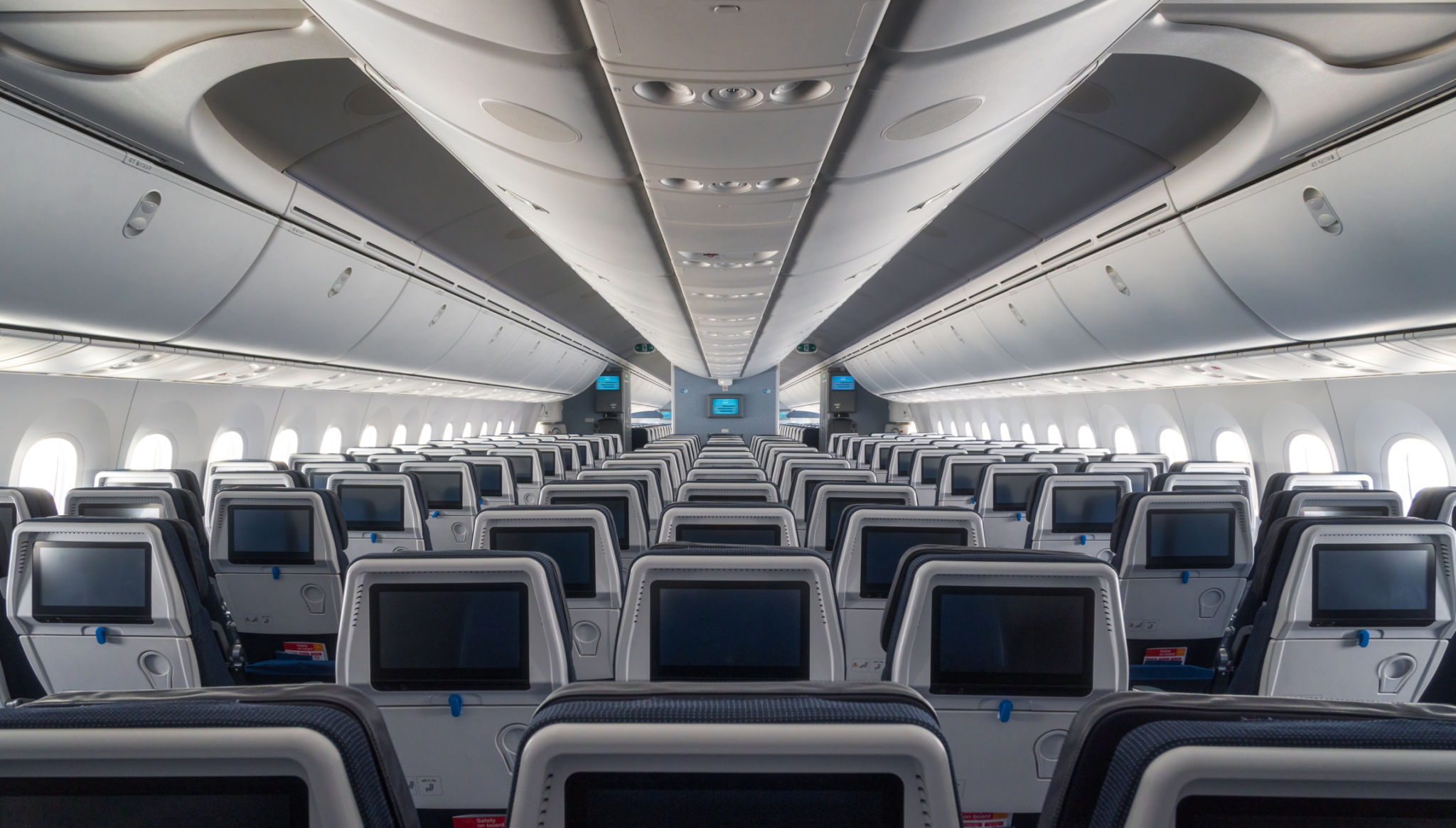Preparing Your Aircraft for Seasonal Changes in California
Understanding California's Seasonal Shifts
California is known for its diverse climates, ranging from the snowy peaks of the Sierra Nevada to the sun-drenched beaches of the south. These variations can affect how you prepare your aircraft for seasonal changes. Understanding these shifts is crucial to maintaining optimal aircraft performance and safety.
Throughout the year, California experiences a range of weather conditions, including the dry, hot summers and wet winters. Each season brings unique challenges and maintenance requirements that aircraft owners must address. Proper preparation can help avoid unnecessary wear and tear, and ensure your aircraft is ready for every flight.

Preparing for the Dry Season
During California's dry season, typically running from late spring through early autumn, the warm temperatures and reduced humidity levels can impact your aircraft in several ways. Dust accumulation on the exterior and in the engine bay can pose a risk, requiring regular cleaning and inspection.
Engine Care
Regular engine inspections are essential during this period. Dust and debris can clog filters and reduce engine efficiency. Ensure that air filters are cleaned or replaced regularly to prevent damage.
Exterior Maintenance
The dry climate may cause paint and other exterior coatings to fade or crack. It's important to use high-quality wax or sealant to protect against UV damage. Regular washing and waxing can help maintain your aircraft's appearance and integrity.

Adapting to the Wet Season
As California transitions into its wet season, typically from late autumn through early spring, increased precipitation and cooler temperatures require a different set of preparations. Moisture can cause corrosion, especially in metal components, making it vital to address any water ingress issues promptly.
Preventing Corrosion
Corrosion prevention is a top priority during the wet season. Regular inspections of joints, rivets, and other metal parts are essential. Applying anti-corrosion treatments will help protect against rust and degradation.
Interior Protection
Moisture can also affect the interior of your aircraft. Ensure that cabin seals are intact to prevent water from entering. Using moisture-absorbing materials inside the cabin can help keep interiors dry and comfortable.

General Maintenance Tips
No matter the season, routine maintenance is key to keeping your aircraft in top condition. Here are some general tips to consider year-round:
- Conduct pre-flight checks diligently to catch any potential issues early.
- Keep a detailed log of maintenance activities for future reference.
- Ensure all lights and electronics are functioning properly before takeoff.
- Engage with a professional aircraft mechanic for comprehensive inspections.
By staying proactive and adjusting your maintenance routine according to seasonal changes, you can ensure your aircraft remains reliable and safe throughout the year. Whether you're soaring over California's coastlines or navigating its mountainous regions, being prepared for every season is an investment in both performance and safety.
